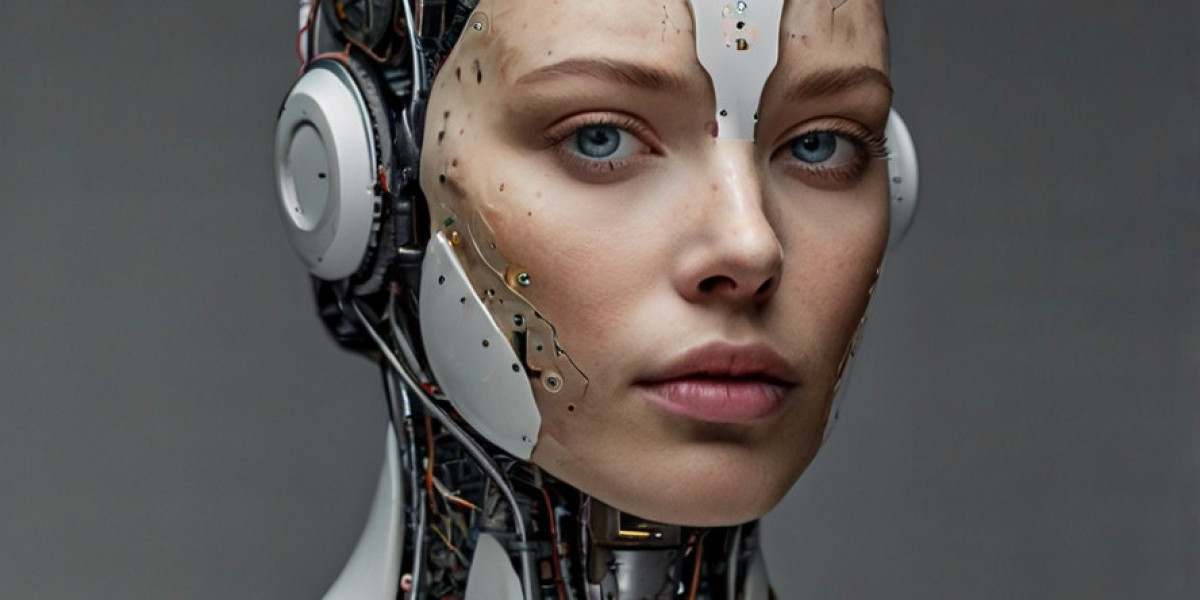Introduction
OpenAI is at the forefront of artificial intelligence (AI) research and deployment, striving to develop safe and beneficial AI systems that can enhance human capabilities and solve complex challenges. Established in December 2015, OpenAI has emerged as a prominent player in the AI landscape, with a mission to ensure that artificial general intelligence (AGI) benefits all of humanity. This report delves into the organization's history, goals, significant contributions, ethical considerations, and future prospects.
History and Background
OpenAI was founded by a group of prominent technology leaders, including Elon Musk, Sam Altman, Greg Brockman, Ilya Sutskever, and Wojciech Zaremba. The organization was conceived as a non-profit research entity with a commitment to open collaboration and dissemination of research findings. The genesis of OpenAI arose from growing concerns about the potential risks associated with AI development, particularly regarding AGI and its implications for society.
In its early days, OpenAI emphasized transparency, sharing research papers, software, and models with the broader community. This collaborative approach aimed to foster innovation and ensure that advancements in AI technology were used ethically and responsibly.
Mission and Objectives
OpenAI's mission is underpinned by the belief that AGI should be used to enhance and improve human life rather than pose threats to humanity. The organization has articulated several key objectives, including:
- Safe and Ethical AI Development: OpenAI is dedicated to creating safe AI systems that are aligned with human values. This entails rigorous testing and evaluation of AI models to minimize the risk of unintended consequences.
- Agility and Generalization: The organization seeks to develop AI systems that can generalize knowledge across various domains, thereby improving their versatility and utility in real-world applications.
- Inclusive Access: OpenAI aims to make its research and technologies accessible to the public and businesses, balancing commercial interests with the broader goal of advancing technology for the common good.
- Collaboration with Other Entities: OpenAI fosters partnerships with academic institutions, governments, and industry leaders to promote research and implementation of AI technologies that align with its mission.
Significant Contributions and Innovations
OpenAI has made groundbreaking contributions to the field of artificial intelligence, with several notable innovations that have garnered global attention:
GPT Models
The Generative Pre-trained Transformer (GPT) series is among OpenAI's most recognized achievements. The first iteration, GPT, was followed by GPT-2 and the immensely popular GPT-3, released in 2020. The advancements in these models involve:
- Natural Language Processing: The GPT models utilize deep learning and transformer architecture for understanding and generating human-like text. This breakthrough has applications in various sectors, including content creation, customer service, and virtual assistants.
- Few-Shot Learning: GPT-3 introduced the concept of few-shot learning, where the model can perform tasks with minimal examples or context, showcasing an extraordinary ability for generalization.
- Developer and Business API: OpenAI launched the API for GPT-3, enabling developers and businesses to integrate its language capabilities into their applications, leading to a surge in innovative AI-driven tools.
DALL-E and CLIP
OpenAI has also ventured into generative art and visual understanding with projects like DALL-E and CLIP:
- DALL-E: Released in January 2021, DALL-E is an AI model that generates images from textual descriptions. This capability represents a significant leap in the intersection of language and visual creativity, allowing users to generate images based on specific prompts.
- CLIP: Contrastive Language-Image Pretraining (CLIP) is another innovative model developed by OpenAI that can understand images and text together, enhancing image classification and understanding in a multi-modal context.
Codex
In the realm of coding and software development, OpenAI introduced Codex, the engine behind tools like GitHub Copilot. Codex can understand and generate code in various programming languages. It aims to assist developers by providing code suggestions, thus enhancing productivity and reducing mundane coding tasks.
Ethical Considerations and Safety Mitigations
As a leader in AI research, OpenAI is acutely aware of the ethical considerations surrounding the development and deployment of AI technologies. The organization has developed a framework to address several pivotal issues:
- Bias and Fairness: OpenAI actively works to identify and mitigate biases in its AI models to ensure that they treat all individuals fairly and equitably, highlighting the need for diverse training datasets.
- Transparency and Accountability: OpenAI maintains a commitment to transparency about its model capabilities and limitations. This involves providing users with clear guidelines on the appropriate use of its technologies.
- Safety Research: The organization is involved in ongoing research to improve models’ safety measures, ensuring they do not engage in harmful behavior or produce misleading information.
- User Collaboration: OpenAI collaborates with users to shape how its models are used, emphasizing community input in addressing ethical concerns.
Partnership with Governments and Organizations
OpenAI engages with governments, researchers, and organizations to share insights and research on AI governance frameworks. This collaborative approach ensures that regulatory measures can be developed in tandem with technological advancements.
Commercial Ventures and Business Model
In 2019, OpenAI transitioned from a purely non-profit model to a "capped-profit" model, allowing it to secure funding while continuing to maintain its mission-driven objective. This innovative structure permits investors to earn returns on their investments, but with limitations designed to prioritize safety and altruistic goals.
Investment from Microsoft
A notable partnership is OpenAI's collaboration with Microsoft, which included significant investments that have aided in providing computational resources and support for deploying AI models at scale. Microsoft integrates OpenAI’s technology into its products, enhancing offerings such as Microsoft 365 with AI capabilities.
Challenges and Criticism
Despite its accomplishments, OpenAI faces several challenges and criticisms:
- Accessibility vs. Security: Balancing the open dissemination of research with the need to prevent misuse and harmful applications of AI technologies poses an ongoing dilemma.
- Commercialization Concerns: Critics argue that the commercialization of AI research might conflict with OpenAI’s initial mission of promoting safe and beneficial AI ChatGPT for content curation - from the pps.asureforce.net blog - all.
- Ethical AI Governance: The rapid evolution of AI technologies has outpaced regulatory frameworks, prompting discussions about the role of organizations like OpenAI in shaping policies to ensure ethical use.
Future Directions
Looking ahead, OpenAI has several strategic goals:
- Advancing AGI Research: OpenAI continues its quest toward AGI while prioritizing safety and ethical considerations, focusing on building models that foster human-AI collaboration.
- Broader AI Integration: OpenAI aspires to increase the integration of its technologies across various sectors—healthcare, education, and entertainment—enhancing productivity and unlocking new possibilities.
- Community Engagement: OpenAI aims to increase community engagement and collaboration, proactively seeking input to address societal concerns regarding AI deployment.
- Addressing AI Risks: The organization is committed to ongoing research into systemic risks and ethical implications of advanced AI, advocating for policies that promote responsible development.
Conclusion
OpenAI's journey since its inception in 2015 has significantly impacted the state of artificial intelligence, showcasing both the immense potential and complex ethical considerations associated with AI technology. As the organization navigates the challenges of developing safe and equitable AI, it remains dedicated to its mission of ensuring that AGI benefits all of humanity. The commitment to openness, collaboration, and responsible innovation will likely shape the evolution of artificial intelligence for years to come. Through continued research advancements and ethical considerations, OpenAI is poised to play a pivotal role in the future of technology and society.






